If you have been running the beautiful paths that Denver CO has to offer and have been experiencing knee pain then you are in good company. Let’s face it, every runner experiences some overuse or misalignment injury at sometime in their career. We often misunderstand the symptom as the cause. New science is showing us something different.
When you examine and understand the role of the knee in running, then you understand that when it hurts in the knee, the knee is actually one of the last places you should look to find the cause (rather than simply treat the symptom).
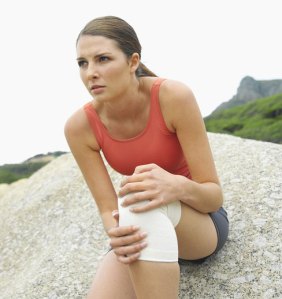
Run Lassie! Get help! And maybe get me asnack bar and a magazine - but not Cosmo, ok? I already read that one.
Here’s a great testimonial from one of my North Denver small group running conditioning classes:
As a runner who seemed to be injured a good majority of the time, I had come to accept that that would always be the case if I wanted to continue to run.
My mode of operation would be to run until the knees or the ITB flared up badly enough that I would have to get it treated by numerous practitioners who help with running injuries (acupuncturists, chiropractors, etc…). I joined a friend of mine for one of Jamie’s boot camps, immediately liked it and decided to stick with it. After a couple weeks of working with Jamie, I noticed I was feeling stronger and stronger on each run….and surprisingly, my chronic knee and ITB pain had disappeared.
I had read that strength training provides a huge benefit to counteract the imbalances in runners and therefore helps prevent injury, but I had never worked with someone who had such a good understanding of the body and its mechanics.
Jamie is extremely knowledgeable in which areas I need to target to build strength so the chronic pain goes away (and stays away). Strength training classes at most gyms were at best mediocre. They were repetitive and were not customized for my specific needs, therefore I was not seeing any results.
I am so thankful to have been able to benefit from Jamie’s expertise. Because of it, I am able to run more often and with more confidence than I have in many, many years!! Thanks Jamie!
Thanks Lauren for that nice post and thanks for trusting me with something as important as your running style. It’s my pleasure to have been able to help you.
Want to know the principles I used to help repair Laurens Knee?
Click this link to understand how the knee really works
https://jamieatlas.wordpress.com/2009/03/02/knee-pain-often-comes-from-foot-problems-an-explanation/
Now you understand the role of other parts of the body, take the time to think about which might be more misaligned or overwhelmed.
If the feet are flat, the shins are likely rotated internally which puts pressure on the knee.
If you have flat feet, you may have tight adductors.
If the foot has high arches then the shins are likely externally rotated which (suprise) puts pressure on the knee again.
If you have high arches, you may have tight glute muscles.
If your knee is stuck in the middle between the foot and the hip rotating against each other then the knee will send our pain signals. If we address the knee without considering how the foot and hip are working then we are ignoring the major players.
For an accurate analysis you can see a physical therapist – I personally recommend graduates of the Gray Institute GIFT Program (of which I am a graduate!) for someone that will have true respect for the human body and its intrinsic complexity.
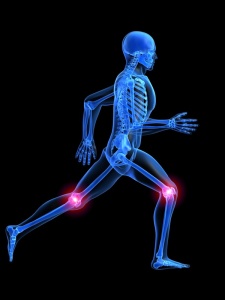
Red lights around your knees may be painful, but they are excellent for not getting hit by cars at night
Do you run in Denver and have knee pain? I guarantee I can significantly reduce your knee pain within 4 weeks of treatment or your money back. Email me at
Yours in health,
Jamie Atlas


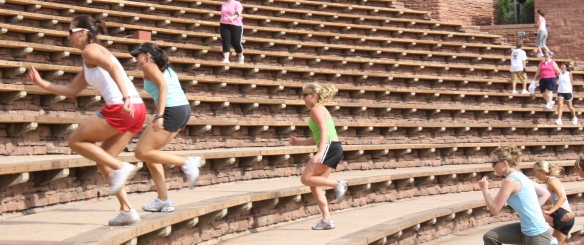
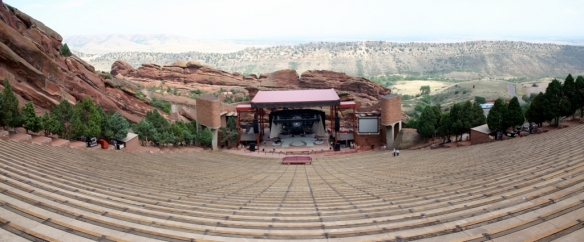


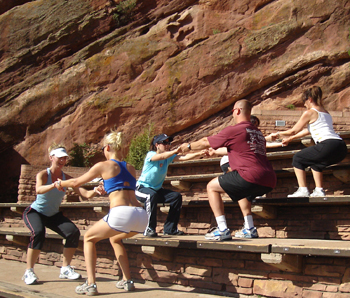
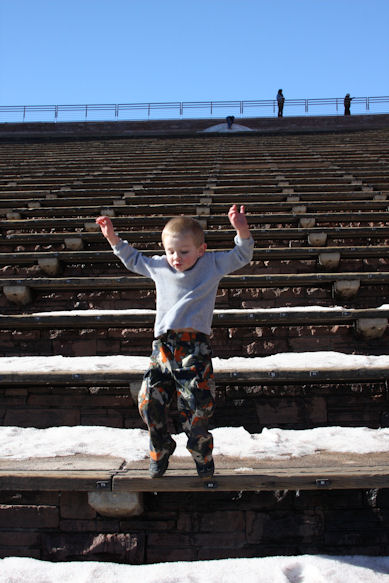
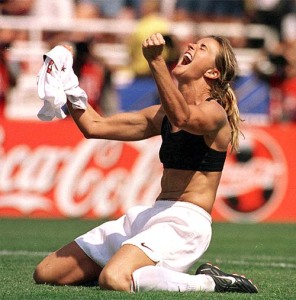



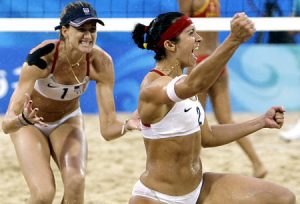

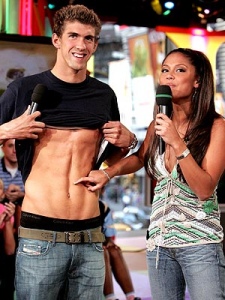
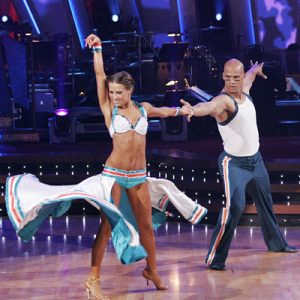
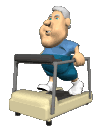 I should probably lead off by explaining that I don’t particularly
I should probably lead off by explaining that I don’t particularly  Running on a treadmill is not the same as running outside or on a track
Running on a treadmill is not the same as running outside or on a track As you run in the real world, you are using a series of muscles combined with your momentum to create forward motion.
As you run in the real world, you are using a series of muscles combined with your momentum to create forward motion. If I am on a treadmill, I no longer
If I am on a treadmill, I no longer 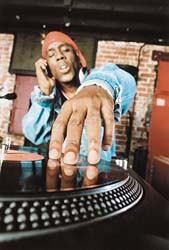 So mix it up, people – or at least add some more hamstring work to your exercise routine. I am of course referring to the exercise routine that you say you are going to do but always end up running again on leg day because you don’t really know what to do and those sweaty jock dudes are always hogging those machines anyway.
So mix it up, people – or at least add some more hamstring work to your exercise routine. I am of course referring to the exercise routine that you say you are going to do but always end up running again on leg day because you don’t really know what to do and those sweaty jock dudes are always hogging those machines anyway.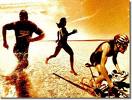 Most triathletes believe that if they want better results, they need to put more hours into the pool/track/spin class with the instructor that wears the tight bike shorts.
Most triathletes believe that if they want better results, they need to put more hours into the pool/track/spin class with the instructor that wears the tight bike shorts.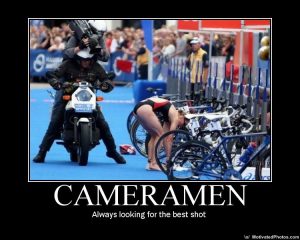 Achilles tendonitis
Achilles tendonitis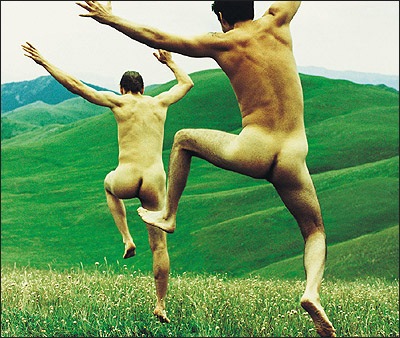
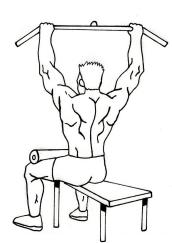
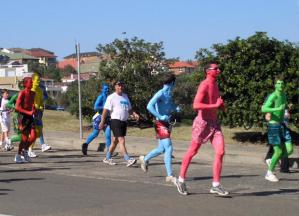





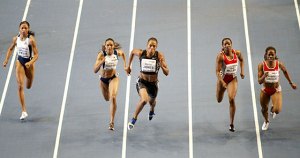



 Most other animals develop their ability to run from a survival instinct. If they cannot chase down the slowest zebra/antelope/meal of choice, they go hungry that day. They learn to run, dodge, creep, change direction, sprint and jog as part of their hunting strategy.
Most other animals develop their ability to run from a survival instinct. If they cannot chase down the slowest zebra/antelope/meal of choice, they go hungry that day. They learn to run, dodge, creep, change direction, sprint and jog as part of their hunting strategy.

